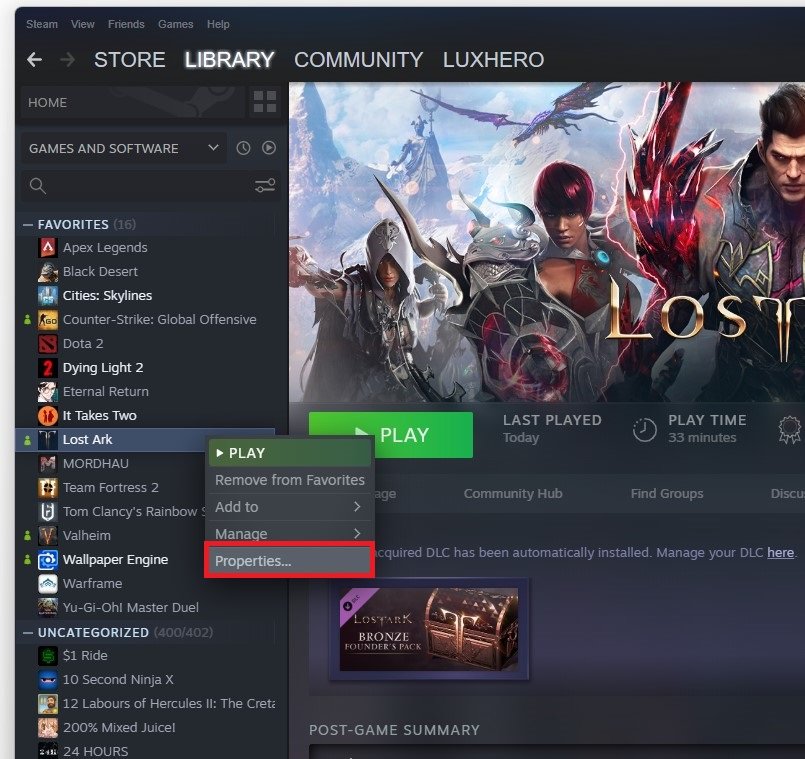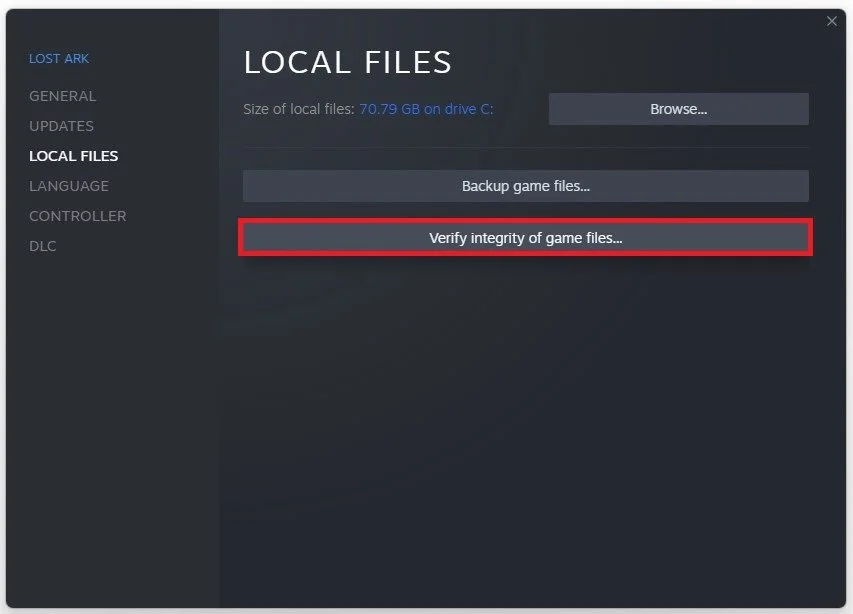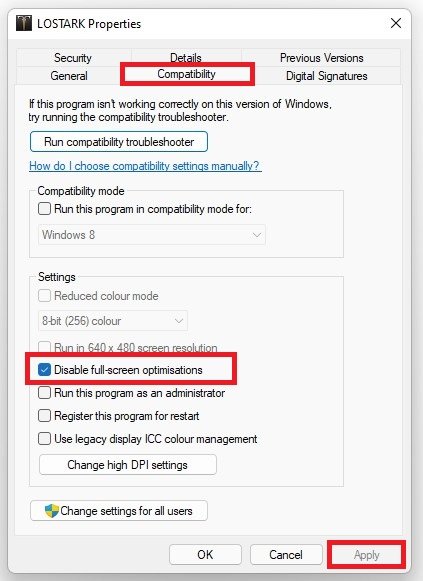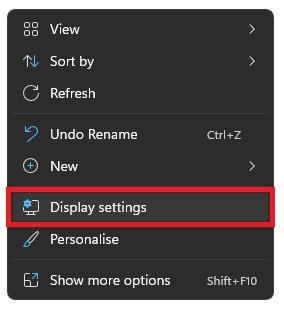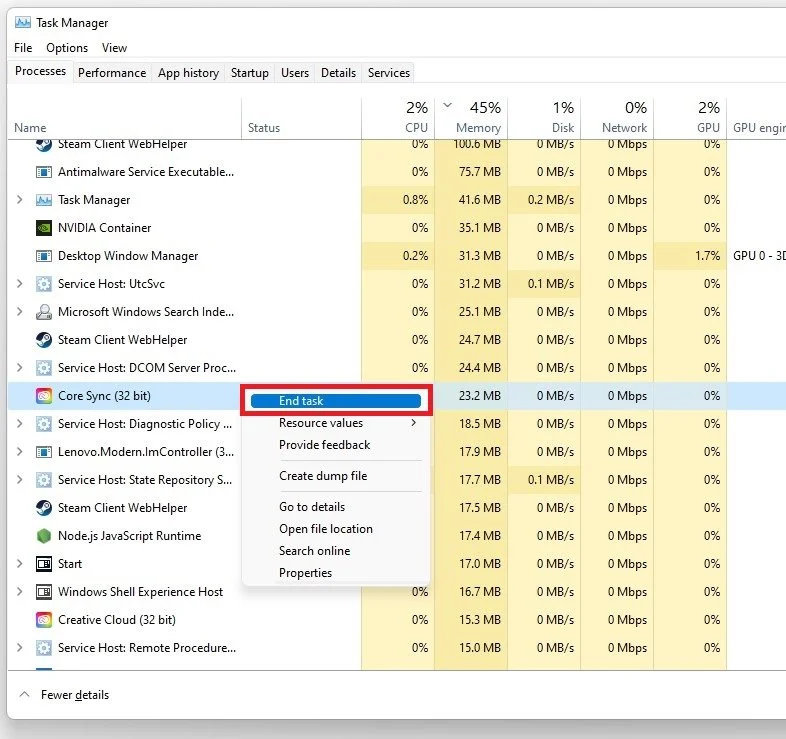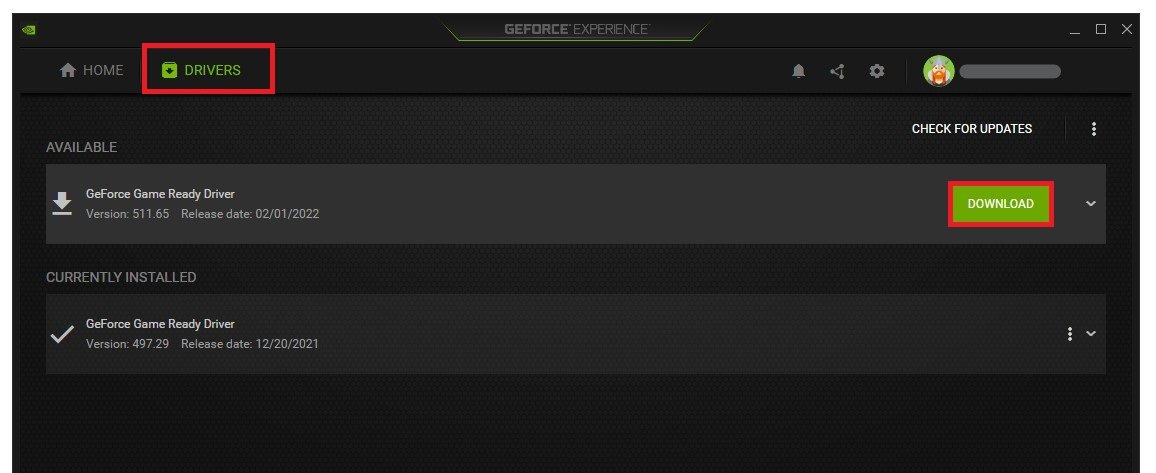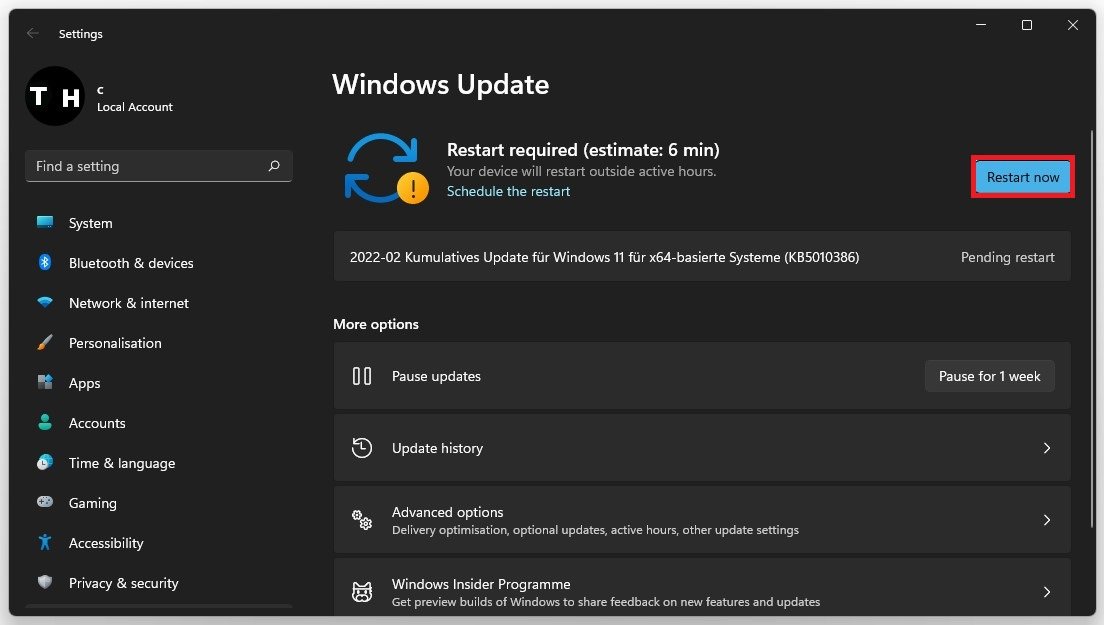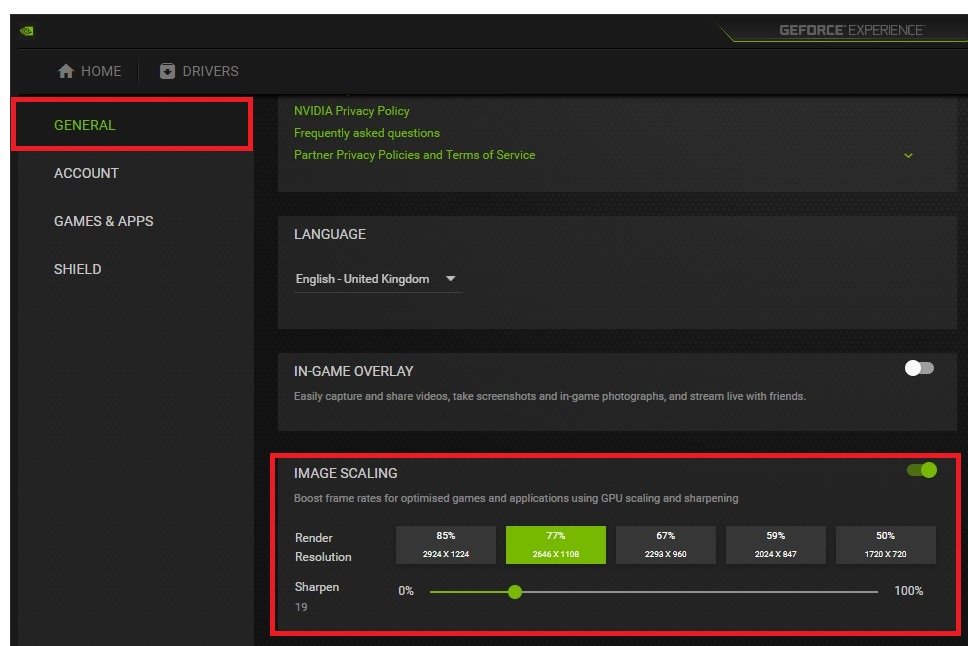Lost Ark - Fix Crash, Freezing & Display Problems
Welcome to the world of Lost Ark, a mesmerizing MMORPG game that takes you on an unforgettable adventure in a breathtaking fantasy world. With its immersive gameplay and stunning graphics, Lost Ark has quickly become one of the most popular games among the gaming community.
However, like all great things, Lost Ark is not perfect. Players often face issues such as crashing, freezing, and display problems that can ruin the overall gaming experience. If you're one of the many players facing these issues, don't worry; we've got you covered.
This article will discuss practical ways to fix common problems in Lost Ark, including crashes, freezing, and display issues. Whether you're a seasoned player or a newbie, our tips and tricks will help you return to the game quickly.
Verify the Lost Ark Game Files
Ensure that your game files are complete and current. Ensure that Lost Ark is not running in the background, and open up your Steam library. Right-click Lost Ark and select Properties.
Steam library > Lost Ark > Properties
In the Local Files tab, select Verify integrity of game files. Redownloading and replacing any missing or corrupted game files will take a minute.
Lost Ark Settings > Local Files
Change the Lost Ark Compatibility Options
Open up your File Explorer and navigate to the drive on which you saved the game on Program Files > Steam > steamapps > common > Lost Ark > Binaries > Win64. Right-click the LOSTARK.exe application and go to its Properties.
Access the LostArk.exe application properties
Ensure you’re in the Compatibility tab and select Disable Fullscreen Optimizations and apply your changes.
Lost Ark Properties > Compatibility
Adjust your Windows Display Settings
Right-click your desktop and select Display Settings.
Ensure the scaling is set to 100% and that you’re using a normal native resolution. In your in-game graphics settings, make sure to set the window mode to Fullscreen.
Windows Settings > System > Display > Scale & Layout
Close Resource-Intensive Applications
If the issue persists, open your Task Manager by searching for it in your start menu search. In the Processes tab, make sure to end the programs from running in the background, which could show an overlay while in-game. You should, in addition, end CPU-intensive processes, such as Shadowplay and Adobe Applications, but make sure to only end the processes from running that you know you won’t break your operating system.
Task Manager > Processes > End Task
Update Graphics Card Driver
Ensure your graphics driver is up to date. We suggest using the GeForce Experience application for an NVIDIA GPU, but you can also use the AMD driver suite. This tweak can make the most significant difference depending on how frequently you update your GPU. In the Drivers tab, click on Download and the application will automatically download and install the latest driver.
GeForce Experience > Drivers > Download
Windows OS Update
Search for Update to open up your Check for updates system settings window. Click on Check for updates, and after downloading the latest OS update, restart your PC.
Windows Settings > Windows Update
Enable NVIDIA Image Scaling (NIS)
If the problem is related to your system performance, you might need to lower your in-game graphics settings. If you’re using an NVIDIA graphics card, I suggest enabling NVIDIA Image Scaling, which will significantly increase your performance. To do so, you should use the GeForce Experience application. Ensure that the most recent GPU driver is installed in the Drivers tab. Navigate to your GeForce settings. Scroll down and enable the Image Scaling option. This will boost your overall frame rates when playing a game on your PC.
GeForce Experience > General Settings > Image Scaling



